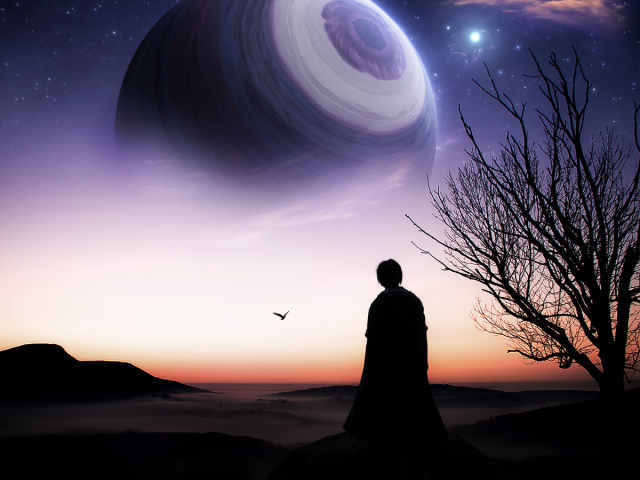Days of solstice and equinoxes in 2022-2023. Features of the position of the Sun regarding the Earth.
Content
- What are the solstice days?
- The summer solstice in 2023: longitude of the day, the shortest night
- The date of the winter solstice in 2022-2023: longitude of the day, the shortest day
- The position of the sun in the days of the solstice
- How the day after the summer solstice decreases: schedule
- How the day after the winter solstice increases: schedule
- What are the days of equinox?
- Spring equinox in 2023: date, longitude of the day
- Autumn equinox Day in 2022-2023: date, longitude of the day
- The position of the sun in the days of the equinox
- Days of equinox and solstice: magic
- Video: days of solstice and equinoxes
The forces of nature are harmonious and consistent. No matter how a person tries to solve them, attempts to predict and/or adjust, but unsuccessfully. The only true and easy way to interact with them is to accept and harmoniously weave into your life. What our ancestors have done perfectly in ancient times. The days of solstice and equinoxes for centuries have been milestones in the calendar when the seasons were replaced. They had a special force, because it was simply impossible to live quietly. Let's talk about these days from the point of view of the calendar and astronomy, touching the magic rites of our Slavic ancestors in passing.
What are the solstice days?
Solstice days are astronomical situations when the sun occupies the highest or lowest position relative to the earth's horizon.
In other words, when day and night have a maximum and minimum duration.
We meet a similar phenomenon twice a year:
- June 21 or 22
- December 21 or 22
Date displacement is explained by a feature of the year. It is either ordinary or leap.
Solstice days have the names:
- summer for the Northern Hemisphere and Winter for South in June
- winter for the Northern Hemisphere and Summer for South in December
The summer solstice is characterized by:
- the longest day
- the minimum short night
With the winter solstice of the duration of the day and night, the opposite of the summer.
The summer solstice in 2023: longitude of the day, the shortest night
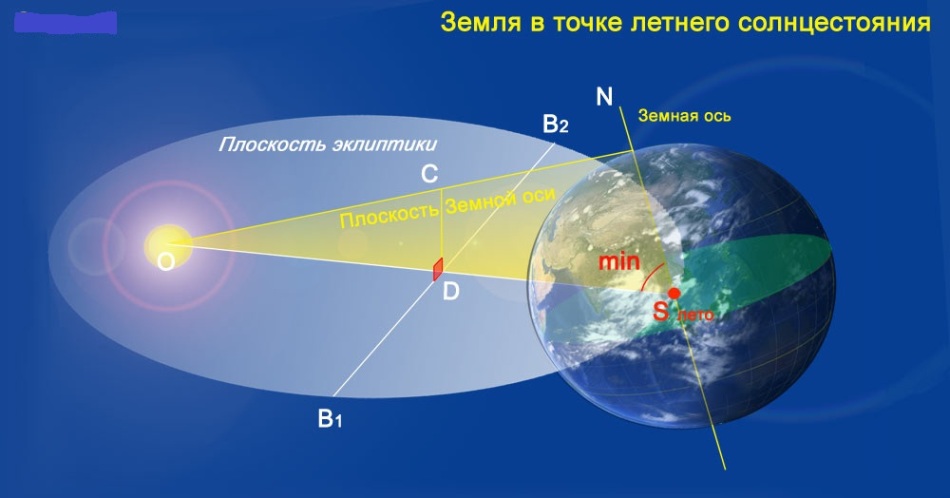
In the current 2023, summer solstice day falls on June 21 at 16-57 Moscow time.
Its duration will be 17 hours 33 minutes, respectively, the night will last only 6 hours 27 minutes.
The date of the winter solstice in 2022-2023: longitude of the day, the shortest day
The winter solstice date in 2022 falls on December 21 at 18-59 Moscow time.
Now the night will be most of the day - about 17 hours, and a little less than 7 hours will remain for a day.

The winter solstice date in 2023 falls on December 22 at 04-27 Moscow time.
Now the night will be most of the day - about 17 hours, and a little less than 7 hours will remain for a day.

The position of the sun in the days of the solstice
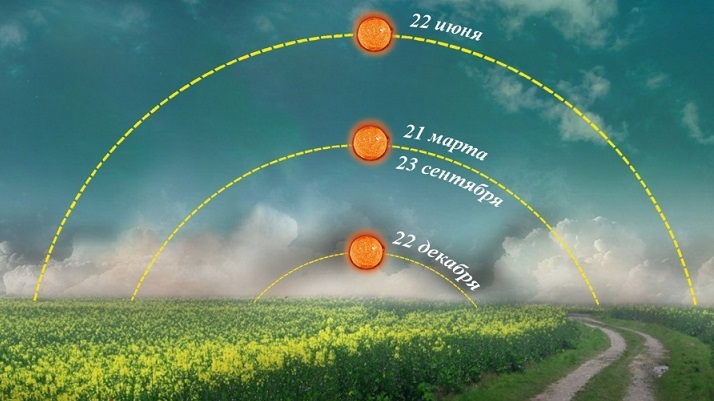
The periods between the solstices are the time of displacement of the sun either higher above the horizon or below.
Astronomers note that the movement of a hot luminary looks like a sinusoid:
- after the winter solstice, it rises daily above
- after summer - on the contrary, it lowers below
The angle created by the sun and the earthly horizon, in other words, the astronomical longitude of the hot luminaries is:
- 90 ° in June
- 270 ° in December
In astronomy, from the moment the sun enters the zodiac sign of the body, in June, the Summer takes, and winter in December in December.
A few days before and after the solstice, the hot heavenly luminary “freezes” at one point at noon.
However, you will not see the sun right above your head in the days of solstice. If you are a resident of the northern hemisphere of the Earth, then:
- go above the equator 23.5 ° before the day of the summer solstice to see the hot planet vertically over yourself,
- visit 23.5 ° south latitude to see a similar phenomenon during the winter solstice.
How the day after the summer solstice decreases: schedule
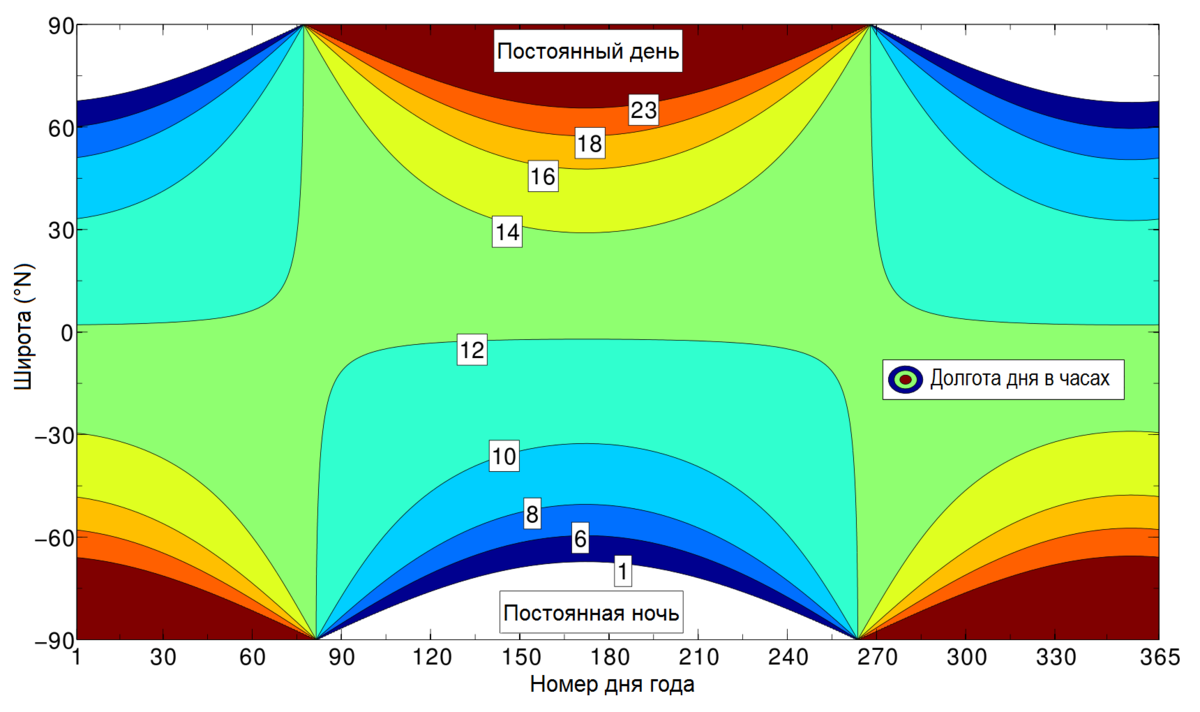
The sun from the most remote point from our planet begins to reduce the degree of deviation. The day is slowly reduced.
So out of +23.5 ° it comes at 0 ° on the day of the autumn equinox. Then the northern hemisphere receives less warm sunlight, and the south more.
Below in the figure a table is given a change in the duration of the day after the summer solstice in the northern hemisphere for months.
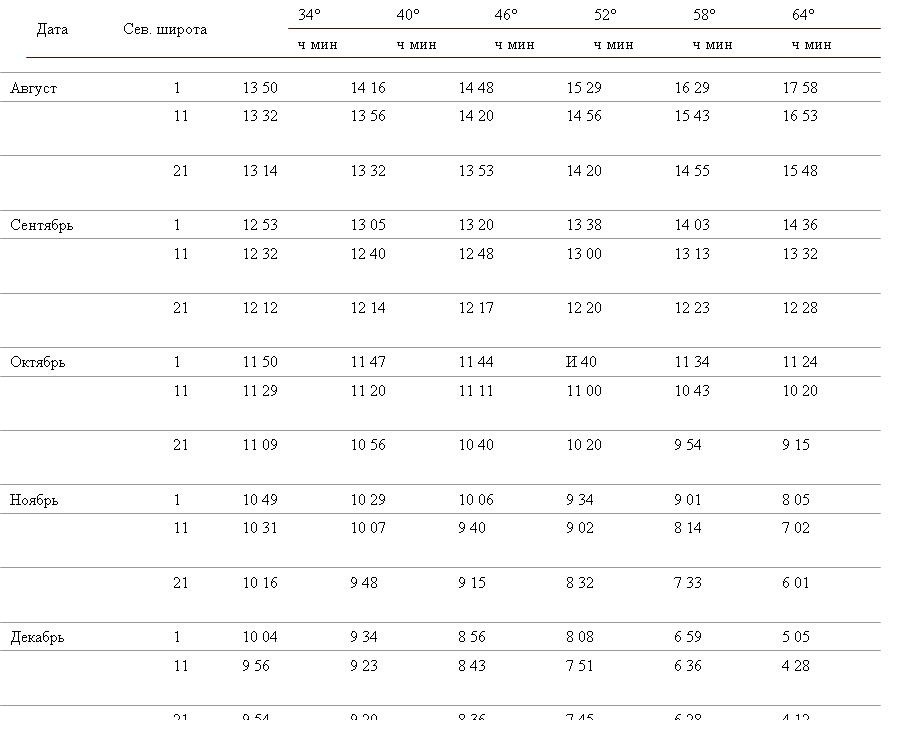
How the day after the winter solstice increases: schedule
Having reached the deviation -23.5 °, the hot luminary comes to the closest point to the planet, the winter solstice occurs. After it, the day is gradually growing.
At 0 ° on the day of the spring equinox, the sun begins to heat the northern hemisphere more. So the duration is growing in the last.
Below in the picture a table of increasing longitude of the day after the winter equinox for the northern hemisphere by month.
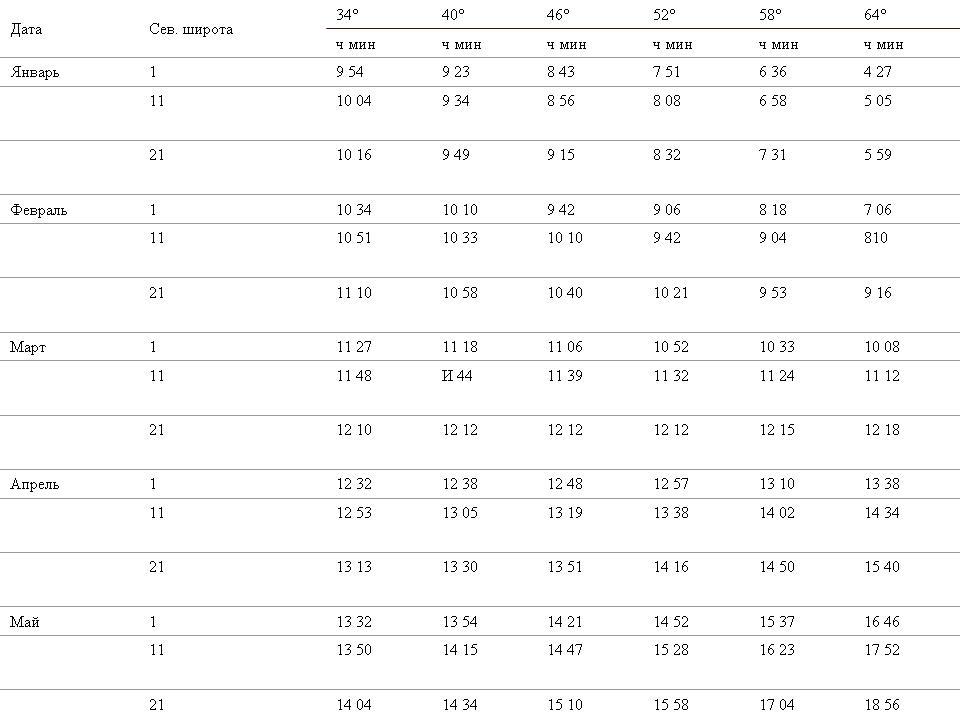
What are the days of equinox?
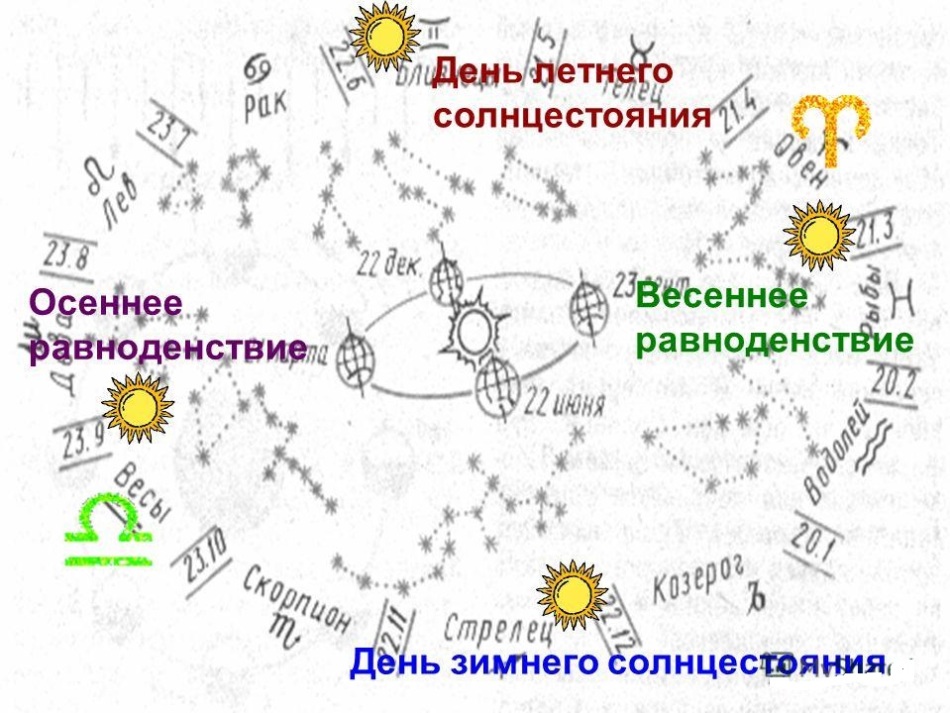
The days of the equinox are points from which the change of seasons begins.
In the first months of spring and autumn, our sun reaches points when day and night are almost equal in duration. These dates for:
- northern Hemisphere - March 20 and 21/22/23 September, respectively
- southern hemisphere - on the contrary
The sun in the days of the equinox is in the zodiac signs of fish in the spring and Virgo in the fall.
The days of the equinox are interesting in that the hot luminary passes from one hemisphere to another. That is, from March 20/21, the warm sun is larger in the northern hemisphere, and from September 22/23 - in the South.
Spring equinox in 2023: date, longitude of the day
The date of the spring equinox in 2023 falls on March 20.
As follows from the very word "equinox" the bright and dark part of the day become equal in duration - this is a symbolic line of winter and spring.
Autumn equinox Day in 2022-2023: date, longitude of the day
The date of the autumn equinox of 2022 in the Northern Hemisphere of our planet falls on September 23 at night Moscow time.
The date of the autumn equinox of 2023 in the Northern Hemisphere of our planet falls on September 23 in the morning Moscow time.
Until this moment, the day was reduced, giving the night its minutes. He equalized with her in a duration in this calendar date.
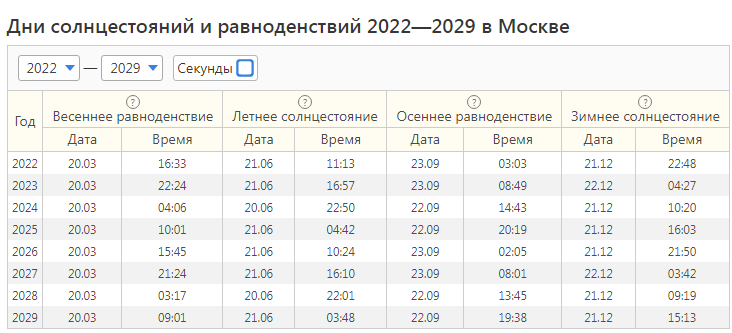
The position of the sun in the days of the equinox
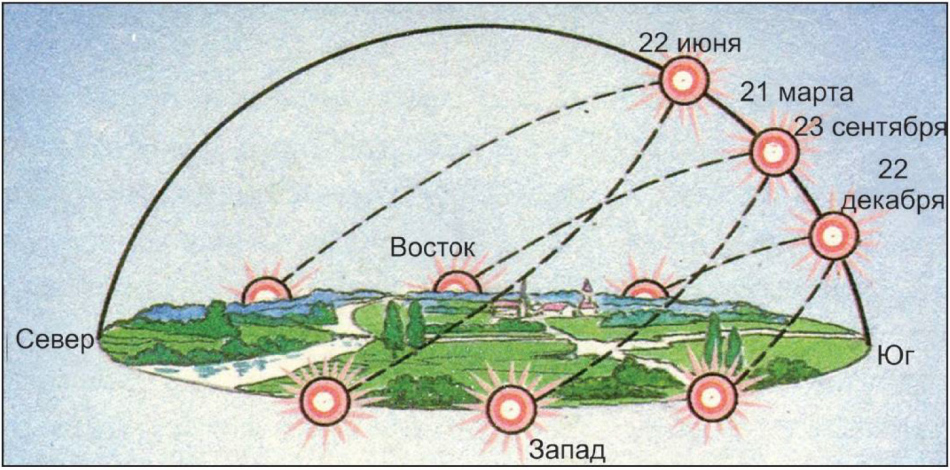
The days of the equinox are a kind of line when the sun moves from the north to the southern hemisphere in the fall and vice versa -spring. This is for part of our planet, which is located above the equator.
The sun these days directs its rays in such a way that they evenly warm the entire part of the earth turned to it.
Another feature of these calendar dates - the day before and after, as well as during the equinox, the sun rises clearly in the east, and sits in the west. True, this phenomenon is characteristic only for 23.5 ° north or southern latitude. In other areas there is a light shift to the north or south.
Days of equinox and solstice: magic
These 4 days a year have maximum energy not only because of the change of times. The Slavs knew this perfectly and harmoniously built their lives in such a way as to streamline and develop their relations with nature.
A common moment during the celebrations of all solstices and equinoxes our ancestors were mass festivities. The whole village was gathering together:
- different games and fun were held
- round dance
- everyone was eaten
- they praised the gods
- they remembered the ancestors
Everything happened fun, easy and natural.
- We still celebrate the summer solstice as Kupala. We are looking for the coveted flower of fern in the hope of luck and the fulfillment of the cherished dream.
- On the autumn equinox, the ancestors arranged a crop holiday. Adults cleaned in the house, courtyard, in the fields. Children decorated the dwellings of clusters of mountain ash. It was believed that she would protect the house and its inhabitants from evil all year.
Winter solstice, or the birth of a carol - the young sun, was noted with a special scope. There was a place and:
- fortune -telling about the narrowing, marriage, the weather for next year, the harvest
- caroling and dressing in animals to repel dark forces
- jumping through a fire to burn all resentment, envy and similar sins
Three days before and the same after Kolyada, they had a special force. The mistresses put things in order in their heads and houses, attracted their health and prosperity to the life of the family. They watched the events 12 days after Kolyada to understand what would bring the coming year for the family.
- The day of the spring equinox had a special force. Nature was awakened by winter sleep, the new year began to work on Earth.
- At this time, pancakes baked, there was Shrovetide. But it lasted 2 weeks - one before, the second after the day of the equinox.
- The housewives baked larks - small birds from sweet dough.
- In the evening, everyone jumped over bonfires to upgrade to a new round of life. For example, if the unmarried girl jumped, then she will certainly become the mother of the hero.
Read more about the traditions, rites and actions aimed at harmonizing fate in the next article.

